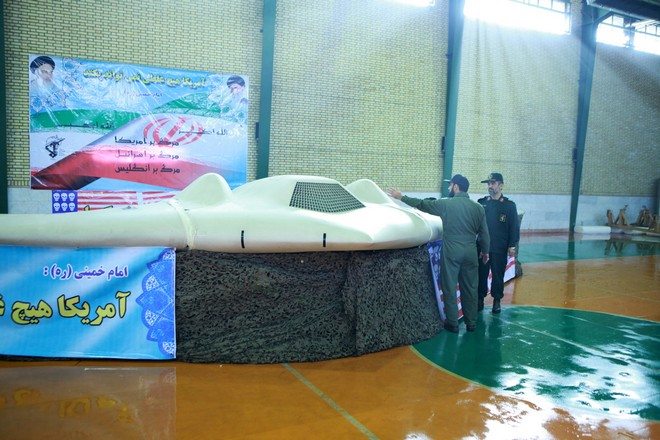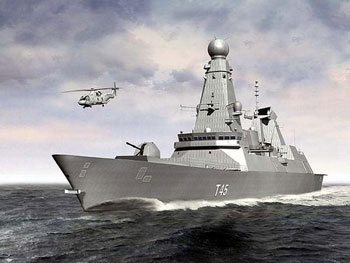Last week, the United States lost one of its most prized intelligence platforms. An RQ-170 Sentinel, a bat-winged, stealthy unmanned aerial vehicle (UAV) reportedly landed in Iran after contact with ground control was lost.
There were unconfirmed reports that an RQ-170 was overhead during the raid into Pakistan that killed Osama bin Laden, beaming real-time video back to the White House situation room while simultaneously monitoring Pakistani military communications. One of only a handful of such UAVs in the U.S. arsenal, the Sentinel that went down was reportedly operating along the Iran-Afghanistan border. There is speculation that the RQ-170 was monitoring Iranian nuclear activities.
The loss of the Sentinel drone is considered a major blow to U.S. security. Even if the UAV was destroyed on impact with the ground, there will undoubtedly be recoverable parts. Deployed only in the mid-2000s the RQ-170 undoubtedly uses advanced stealth materials which Iran will certainly offer to countries such as Russia and China. If the vehicle was recovered intact, there is the risk of compromise to a host of very sensitive intelligence capabilities possibly including hyperspectral imaging systems, specialized listening devices, nuclear particle “sniffers” and communications encryption devices.
Something is not right about this story. Long-range UAVs are programmed to return to base if contact is lost with their controllers. They are not supposed to fly around aimlessly or simply land. A platform as sensitive as the RQ-170 would have had such a “carrier pigeon” program in its guidance computer and, under normal conditions, would have flown home. Could there have been a catastrophic computer failure? Other drones have been lost around Afghanistan as a result of high winds, icing or even engine failures. Is it possible that one of these conditions brought this UAV down?
This unfortunate event should also lay to rest arguments from some quarters that unmanned systems could replace manned platforms in combat. Complement, yes but replace, no. As was demonstrated with the Sentinel’s crash, the loss of positive control over a UAV can have severe consequences.
Imagine that in the middle of an air operation our entire fleet of combat UAVs suddenly turns around and heads back to base because of a loss of contact with their controllers. What would be a dropped call for a cell phone network becomes another Pearl Harbor. Then there is the problem of communications latency, the delay that can occur between a message being sent and its receipt. That may be tolerable for you or me in the midst of an e-mail chat but not in combat where seconds count.
Clearly there is a continuing and even growing role for UAVs of all shapes and sizes to conduct ISR missions. There is even a place for them to conduct certain combat missions such as electronic warfare, ASW and battlefield resupply. Armed UAVs have demonstrated their value in permissive environments where operators have all the time in the world to locate and observe a target before initiating a strike.
But in light of last week’s disaster, proposals to replace fighters and bombers with unmanned combat aerial vehicles need a second look.











